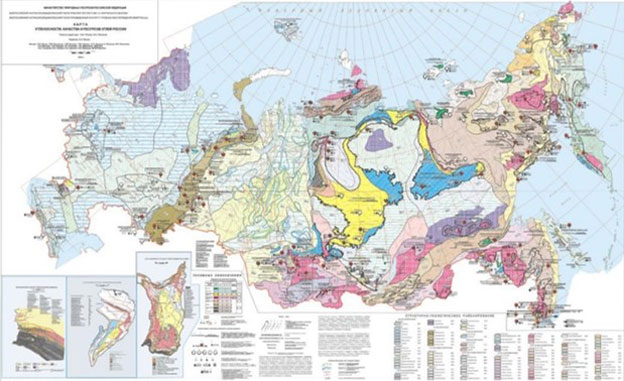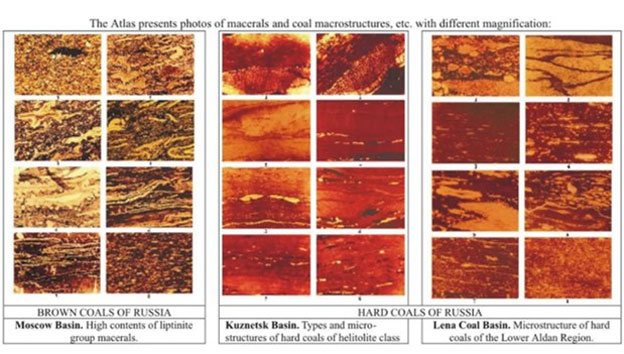For almost two centuries, coal has remained the most important type of fuel and energy raw material, continuing to be widely used throughout the world, despite the trend of many countries to switch to green energy. According to a report by the International Energy Agency (IEA), at the end of 2022, the volume of coal used in the world increased by 5%, and the growth forecast for 2023 was another 1.4% to a record 8.54 billion tons per year.
In this regard, one cannot help but recall that experts from our institute made a significant contribution to the study of this sedimentary rock.
At the end of the 19th and beginning of the 20th centuries, optical microscopy began to be used to study coals, and the method itself, and then a whole direction of studying the matter of coals was called “coal petrography”. Petrological analysis of coal made it possible to expand the scope of practical use of solid fuel as a chemical and process raw material.
The history of coal petrography in Russia begins with the works by M.D. Zalessky on the microscopic description of coal buds in Donbass (1911), and “Essay on the formation of coal” (1914). In 1927, under his leadership, a coal microscopy laboratory was organized at the Coal Sector of the Geological Committee.
As science developed, coal microscopy turned into coal petrography, that is, into an independent discipline covering the study of both the external structure of coal and its physical, microscopic, and chemical properties. It became the doctrine of the material composition and structure of coal, oil shale, dispersed organic matter of oil source strata, and their genesis.
In 2006, employees of the Department of Geology of Combustible Minerals of our institute compiled and published major “Petrological Atlas of Fossil Organic Matter of Russia.” In a review by leading coal scientists, this work was recognized as one of the remarkable events in the history of the organic matter study in the world. The atlas was also published in English.
One of the leading authors of the Atlas, Chief Researcher of the Department of Geology of Combustible Minerals Dr. Vladimir Vyalov, recalls: “Assessing the atlas content, the reviewers noted the wide range of issues considered in it: characteristics of basins and deposits of coal and oil shale, petroleum basins, the relationship of hydrocarbons with solid fossil fuels. For the first time, on a unified methodological basis for the entire Russia and all age groups, from the Precambrian to the Neogene, a fundamental work was created, summarizing not only the results of studying coal and oil shale, but also dispersed organic matter of sedimentary formations containing liquid and gaseous hydrocarbons."
Later on, the Department of Geology of Combustible Minerals developed the “Digital reference book-identifier of organic matter in oil, gas, and coal-bearing sedimentary basins of Russia” and “Digital reference book-identifier of the maceral composition of dispersed organic matter and coals using coal petrography methods”, which are freely available on the Karpinsky Institute website. на сайте Института Карпинского.
Also, for many years, our institute has been developing a technology for forecasting the petroleum content of sedimentary basins in Russia based on coal petrography studies of dispersed organic matter to compile forecast maps for oil and gas when creating the State geological maps.
Today, the Coal Petrography Laboratory of the Department of Geology of Combustible Minerals of our Institute determines the quality of coals (petrographic analysis) and trace organic matters (to predict petroleum content).
The plans of the Karpinsky Institute include the continuation of coal petrography research using petrographic methods for solid combustible minerals and dispersed organic matter to solve the most important forecasting and geological issues of paleogeography, stratigraphy, tectonics, petroleum exploration, ore deposits, etc.

